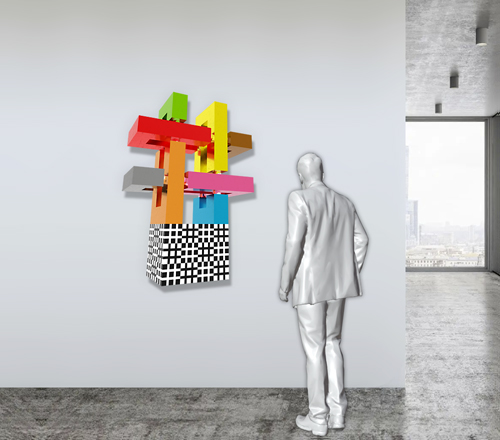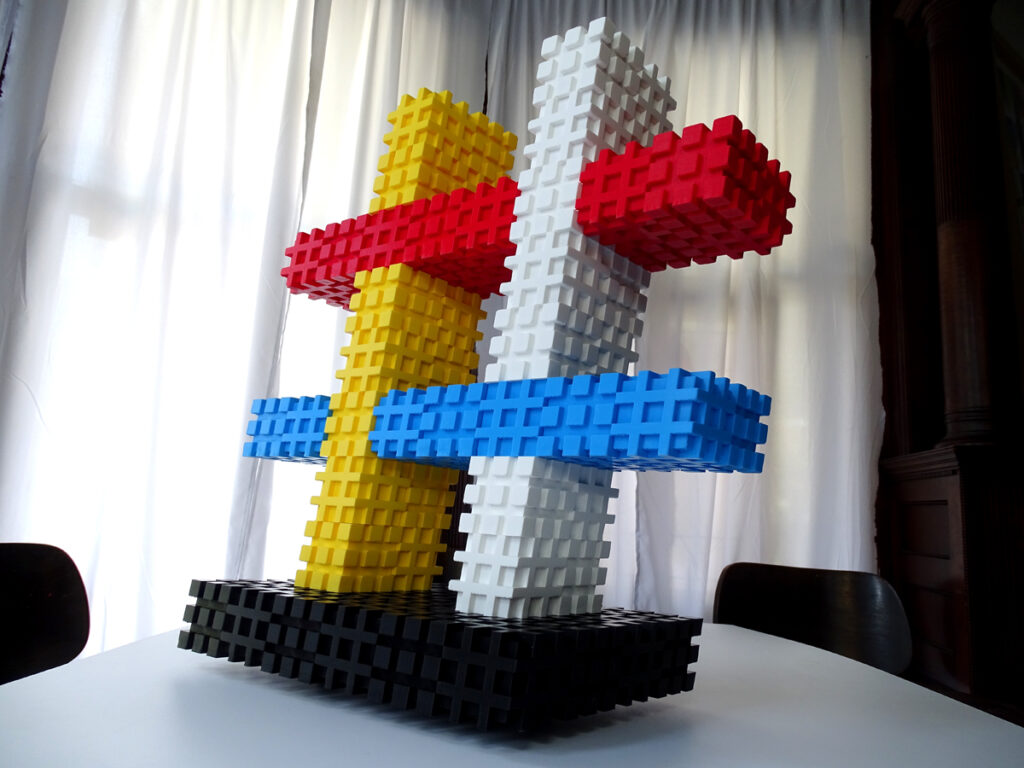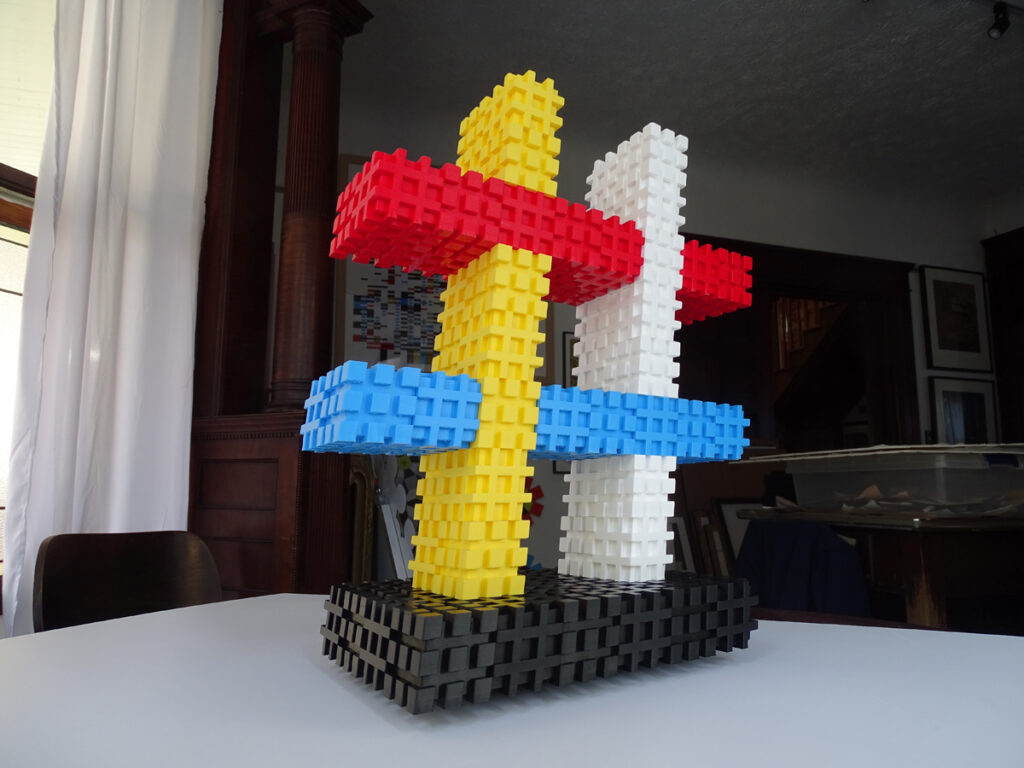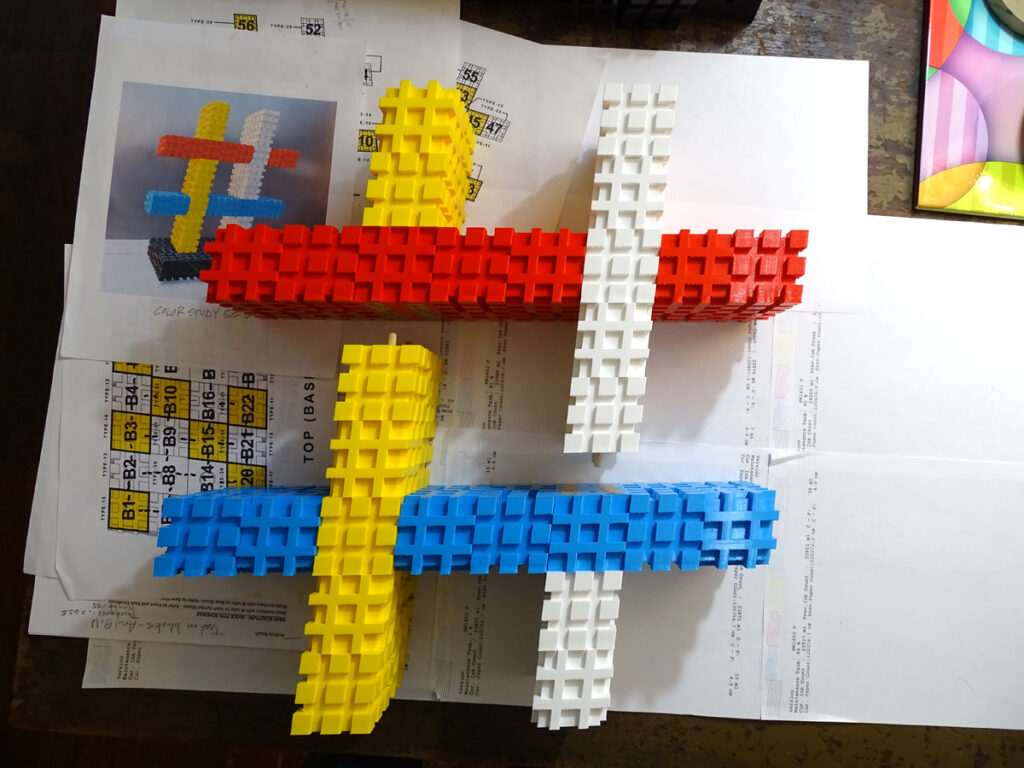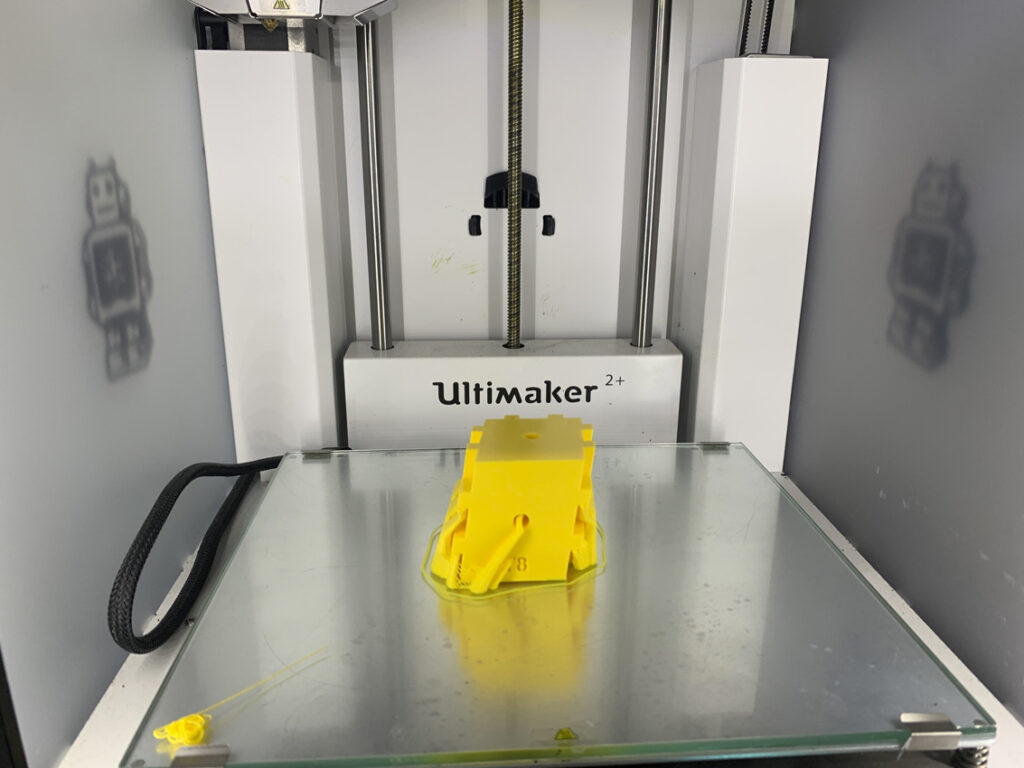Scroll down to read HELPING HASHTAGS Statement
click on images to enlarge





HELPING HASHTAGS is an architectural pavilion that merges art, social media and social issues into an iconic transformative place of hope and optimism for the future of a better Cleveland for all of its citizens. As an art object unto itself, the hash symbol with its use in hash-tagging represents our modern times, where data is turned into meta-data; where information is categorized and made searchable; where so many find their voices amongst the billions of souls vying to be seen and heard to share joys, beauty, injustices, sadness…and so much more, elevating our humanity. People can engage with it on multiple levels, many personal as social media is weaved into our lives just as the wood members weave together to form this symbol in the zeitgeist. But it also presents questions. How is social media impacting the issues of our times? Institutions, advocacy groups, non-profits and individuals use social media to help answer and address these issues by bringing awareness to their mission, raise funds and showcase the work they do.
A series of interlaced mass-timber glulam members forming hash signs on its 4 sides and on the top, sit on 4 concrete plinths with spaces between them to allow people to walk into the structure. The concrete plinths are bench height so people can sit on them. For HELPING HASHTAGS structure, I choose to use the material mass-timber to bring attention to sustainability in going forward in the building our city and infrastructure. Large public art sculptures have traditionally been dominated by being fabricated in steel. Using mass-timber is a departure, emphasizing an environmental component that speaks to sustainability to combat climate change. Mass-timber is being used as structural systems to support modern buildings, including in our city, in response to the ever growing need to build sustainably and for buildings to achieve LEED certification.
The morphology of the design of HELPING HASHTAGS starts with the Euclidean platonic solid the Rhombohedron. Because a rhombohedron’s six faces are rhombuses, they are not square and when placed with one side horizontal, the vertical sides lean at an angle. I used this platonic solid because a distinguishing and dynamic characteristic of the hash sign is that its vertical bars are slanted. The members of the structure are inscribed within this geometric solid giving it its dynamic lean of 7 degrees. If you can picture in your mind the lines of the perimeter edges extended to meet each other, you may visualize this rhombohedron.
The openings between the concrete plinths occur between the mass-timber vertical bars of the hash signs inviting visitors to enter the pavilion. Once inside, on these mass-timber members are aluminum plaques that have etched into them, hashtags that relate to a host of issues that society and our city face; environmental sustainability, food insecurity, violence prevention, matters of diversity, equity and inclusion, black maternal-fetal health, food deserts, redlined communities, disability and physical and mental health and more. These hashtags will not be determined by me but by the citizens of Cleveland. An initiative will be brought to the public to request hashtags that relate to these issues and the issues they face personally that they would like to have etched into the marker. For example, a pregnant mother might apply to the request with #HealthyBaby. An environmentally minded citizen might request #SustainableFuture. An African American citizen in a food desert with diabetes might request #InvestInNutrition and placed next to another person’s #EradicateDiabetes. A LGBTQ individual might request #LoveIsLove. There will be space for approximately 400 of these hashtags. These hashtags will be of a certain size. But in addition to these hashtags, highlighted on larger plaques in noticeably larger font, will be those of institutions/non-profits that advocate to address the hashtags penned by Cleveland residents. These institutions will be asked what hashtag represents them. There will be space for approximately 40 of these. HELPING HASTAGS will be a place to bring awareness to these often unsung entities and to bring to the forefront the forces that bring us together in the theater of social media against those darker forces using social media to divide us.
HELPING HASHTAGS will become a fixture of the neighborhood and its iconic presence will become known citywide inviting visitors to enter and experience it. It will sit on a plaza, inviting large groups to assemble next to it. It will be a backdrop to cultural events; dance, music and theater. A covered electrical outlet will be placed in the floor inside the pavilion and outlets placed on each side outside the pavilion for projectors to be connected. Projection mapping is a projection technique used to turn objects into display surfaces for video projection. Artists working in this medium will be invited to create immersive experiences on the interior and exterior of the pavilion.
HELPING HASHTAGS is about advocacy, hope, determination and good will. The City of Cleveland is a great city and like all cities, it has ills that persist. HELPING HASHTAGS is a beacon to action; to fix; to heal; to unite.


